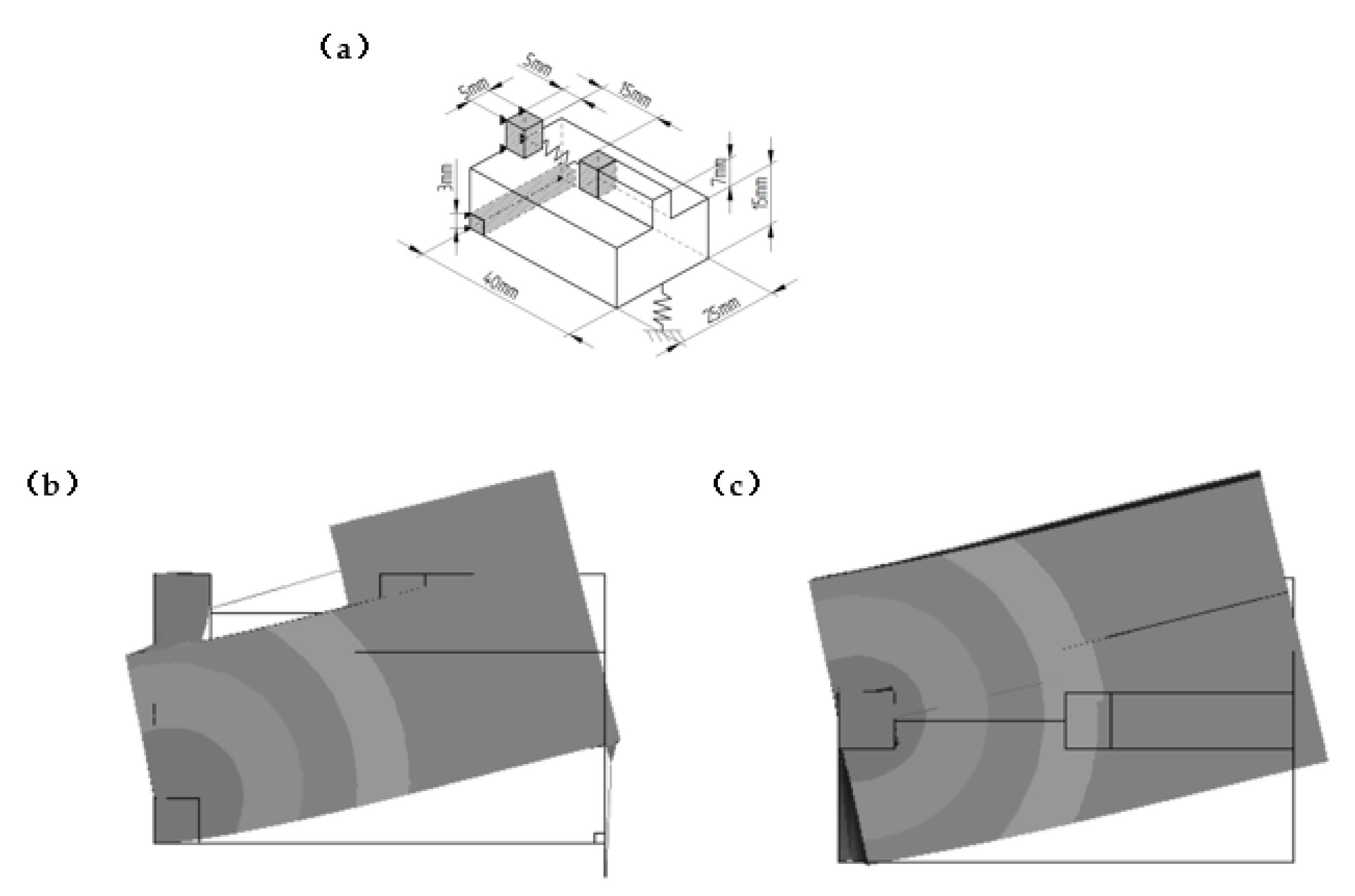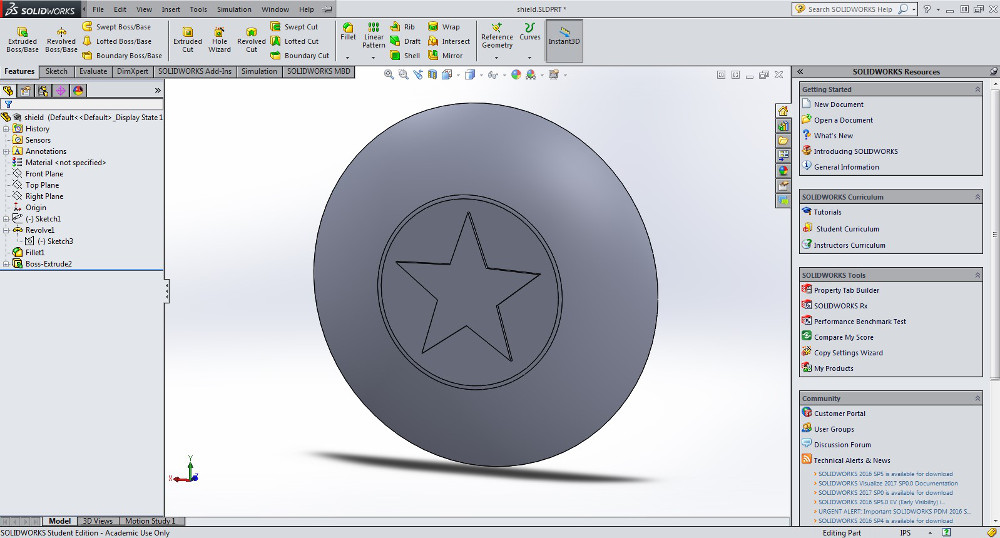


As I write this, the medium-sized Intuos Pro (the one I use) is $349. I found myself gradually favoring the Intuos tablet out of laziness. After a few hours of use, I found my neck and shoulder were tight and sore, and this problem persisted even after many months of practice. Spending all day hunched over a drafting board is physically exhausting work, and a Cintiq is no different. Finding an icon and getting your pen onto it is surprisingly inconvenient when your arm is always in the way. This might not seem like a big deal, but it’s actually a major humbug when driving a desktop CAD application, for example. With a Cintiq, your drawing hand is in front of the screen, blocking the right half of your screen from view. It’s improved a lot in recent years, but it’s still inferior to the pixel-perfect accuracy I have with a separate pointing device. This makes high-precision work difficult to do on a Cintiq. The tip of the pen is never exactly pixel-for-pixel accurate because of the distance between the glass and the underlying LCD. Speaking as someone who spent several years working with Cintiq monitors, let me count the reasons: Why draw on a separate tablet when you can draw directly on the monitor itself? I think most people, on seeing a Cintiq for the first time, assume that it’s superior to the cheaper Intuos tablets in every way. In fact, I own two Wacom tablets: one for travel, and one for office use. But I have three other PCs in the office: a giant power tower, a mobile workstation, and a compact laptop.

The only feature of the tablet I use with any regularity is the scroll wheel.Īnd yes, you’re seeing my iMac in this image, because that’s what I’m using to write this post. I don’t typically use the extra buttons on the tablet, but I have friends who swear by them. What’s that?” “My finger paints.” “Oh.” Things go downhill from there.Īs with a mouse, I keep my right hand on the stylus and my left hand on either the SpaceMouse or keyboard as appropriate for a given application. I pull out a sheet of butcher paper, a bowl of water, and start arranging tempera cakes in rainbow order across the top.

Well-dressed people around the table start pulling out moleskins, whiteboard markers, sticky notes, pens, and pencils. I show up at a client meeting for a brainstorming session, and people are filing into the conference room. But when it comes to speed, precision, and comfort, a stylus is far superior. It’s fine for short stints and has some really nice advantages in that it works on any surface, sits still on the table, and doesn’t have that penchant for disappearing that pens so often do. Speed and precision are second nature with a stylus. Maybe you don’t find yourself handwriting bawdy messages in SolidWorks as frequently as I do, but the broader point is valid: pencils are shaped like pencils because that shape maximizes the fluid dexterity of the shoulder/elbow/hand/finger machine.


 0 kommentar(er)
0 kommentar(er)
